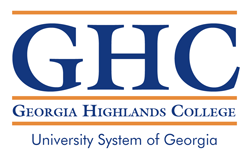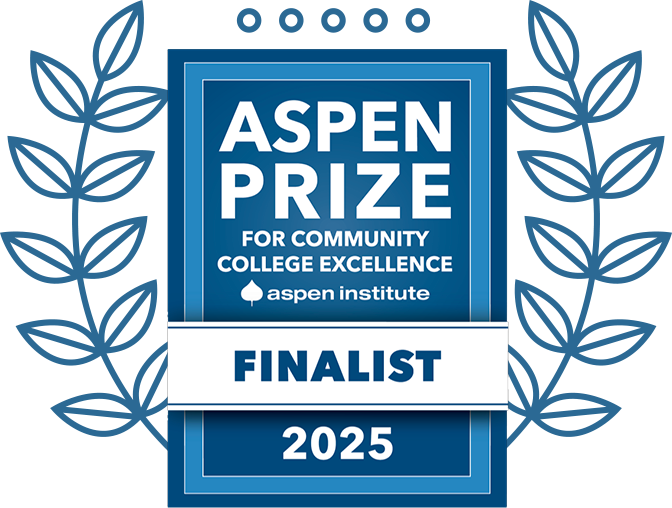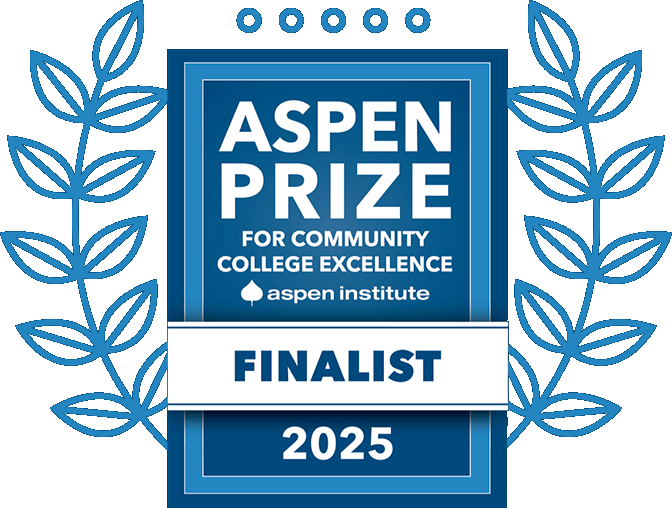Travel & Expenses
Welcome to Travel & Expenses!
“Our mission statement is to process payment of travel expenses in an efficient, cost effective manner, and to enable Georgia Highlands College travelers to successfully execute their travel requirements at the lowest reasonable costs, resulting in the best value for the State.” – Statewide Accounting Policy & Procedure
Please visit the Business Office Intranet site for training aids and references:
Contact Information:
Paige Presley
Accounts Payable Analyst I
706-204-2212


